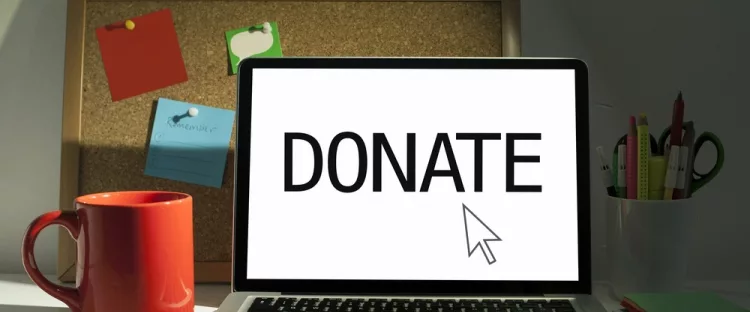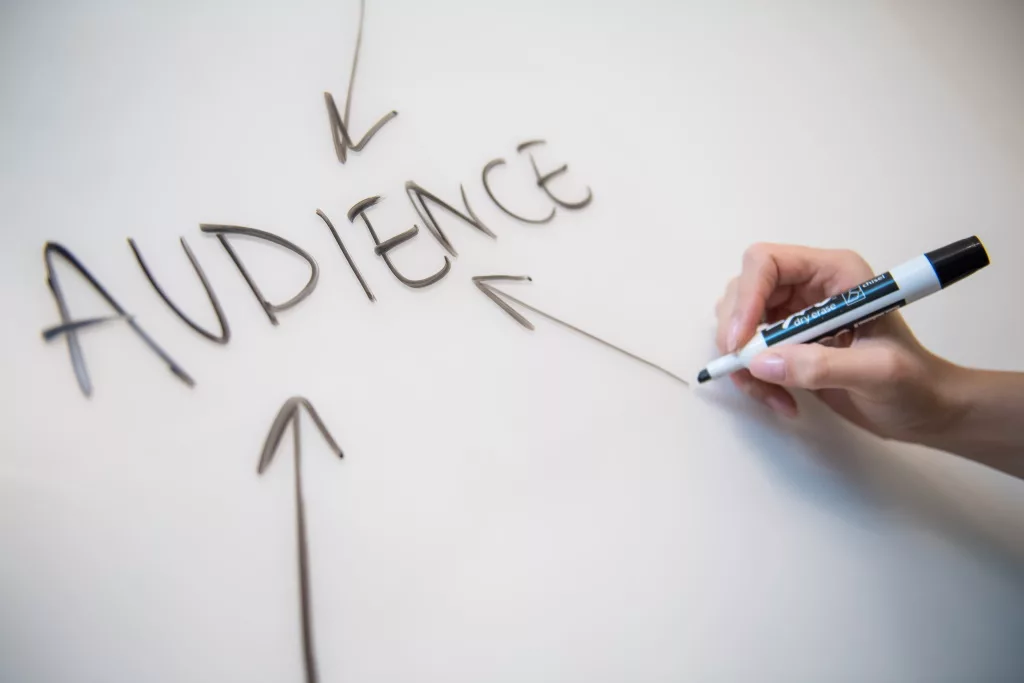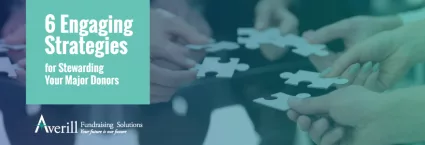
While fundraising campaigns and events are a great way for your organization to generate more revenue, they’re also opportunities for your donors and supporters to interact directly with members of your team. Your nonprofit’s fundraising efforts can fall flat if you don’t reach out to donors in the right way. Not only can you potentially endanger the existing relationships you have with donors by ineffectively communicating with them, but outreach mistakes can also cost your organization new supporters.
Let’s review some critical donor outreach mistakes to avoid. Here are four mistakes you can’t afford to make during your next fundraising campaign.
Not Being Personal

Picture this: it’s your birthday, and all of your friends are sending you cards and presents. However, one of your friends decides to send you a “Happy Birthday” card … for a five year old. It’s apparent that the card wasn’t tailored or meant for you, and they obviously didn’t spend much time or thought picking it out. Your so-called friend comes across as not such a great buddy after all.
The same principle goes for donor outreach for fundraising. You can’t expect donors to get excited about helping your nonprofit accomplish its mission if you start all of your correspondence with “Dear Donor,” or “Dear Sir or Madam,” or if you misspell their names altogether.
If you’re making a fundraising appeal to a major gift donor or a supporter who has been giving for a long time, you’ll certainly want to spend more time crafting a personal letter or email. But even small-gift donors should feel like part of your nonprofit’s family when you reach out to them during your annual fund drive or any fundraising event.
Whichever donor demographic you’re reaching out to, prospect research can help you better craft your fundraising campaign. Conducting a prospect screening can allow you to see past giving patterns, business affiliations, and names and addresses. Having this information can help your nonprofit personalize its donor outreach.
Make donors feel appreciated, and don’t just treat them like ATMs. Donors will not be receptive to an organization that views them as open wallets and not people.
Not Being Authentic and Direct
Being authentic and direct goes hand in hand with personalizing your fundraising campaign to different donors. Donors shouldn’t be left scratching their heads after they receive information about your fundraising campaign.
Keep your message clear and tell donors exactly what their donations will help fund. Give them examples of past projects or events that contributions have gone toward, and give details about future endeavors.
Additionally, make sure that donors have access to your annual or other financial reports. While it’s unrealistic to mail out those reports to every single supporter, making the information publicly available on your website will encourage donors to look into the work you’re doing and continue to support you.
Using Only One Communication Method
When it comes to donor outreach, the biggest mistake you can make during a fundraising campaign is to limit your communication channels.
Donors give for many different reasons and in many different ways. While many prefer the convenience of online donation websites, others enjoy mailing in checks or making donations over the phone. If your donors are giving to your organization in different ways, why would you communicate with them in only one way?

There are many more ways to get in touch with donors during a fundraising campaign. Make use of all of the different methods available to your nonprofit.
Some of the ways that you can talk to donors about your fundraising campaign include:
- Direct mail. Baby boomer donors usually prefer direct mail to digital communications. Consider sending postcards, pamphlets, or letters to make your appeals. Don’t forget to include a return envelope for those checks.
- Email. With a large portion of the world’s communiqué already in digital form, your nonprofit has to keep up. Send several emails that are a good combination of organizational updates and appeals to keep donors in the loop and primed to give.
- Phone calls. Some donors enjoy the personal touch that phone calls (when done right!) can give. Make sure that the members of your team are well versed in fundraising campaign rhetoric and have the appropriate answers to questions that donors may have.
- Social Media. Millennials and younger donors spend a lot of time on social media. Don’t miss an opportunity to engage with them here.
Forgetting to Say Thank You
Finally, once a donor has made a contribution, you must always say thank you. Nothing will make a donor feel more appreciated and valued than a sincere thank you card, email, or phone call. Keep your communications authentic and direct from start to finish – and let your donors know how their funds will be used. Update your website with information about the campaign’s successes and be sure to use several of the methods outlined above.
Content provided by Jack Karako, Founding Principal and Strategist, of IMPACTism, who is committed to advancing public engagement, social responsibility, and strategic philanthropy in the digital age.



